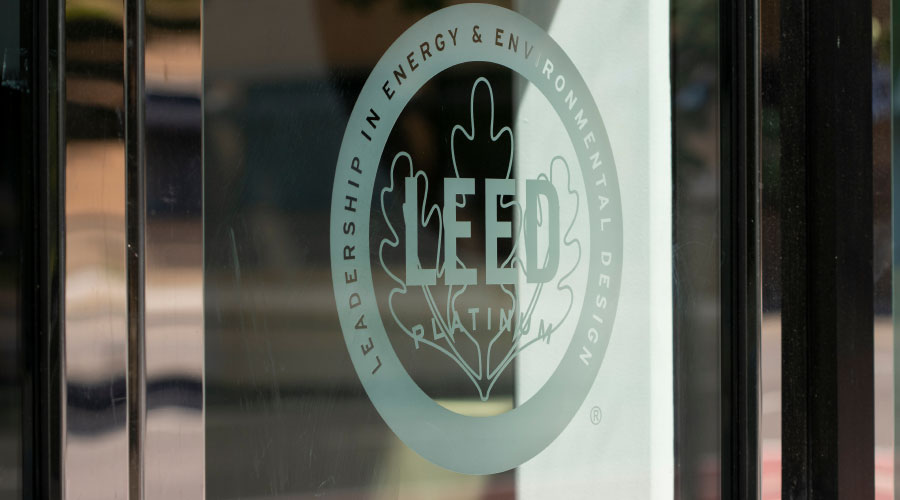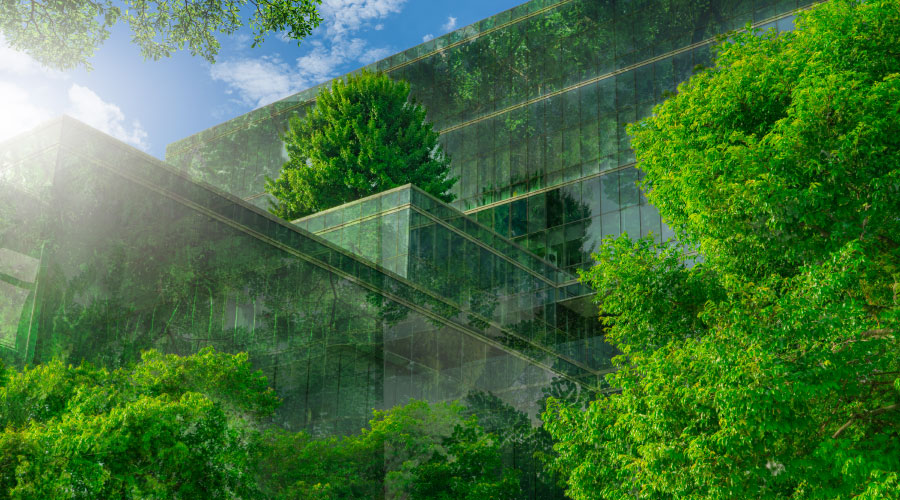How To Get Your First LEED Certified Building
The United States Green Building Council (USGBC) estimates that buildings account for 70 percent of our country’s electricity use, 39 percent of carbon dioxide emissions, 40 percent of raw materials use and 12 percent of potable water consumption.
This means there is a great opportunity for green building to reduce waste and save money. And the market is responding to this opportunity: McGraw-Hill projects that 10 percent of commercial construction starts will be green by 2010.
If you are contemplating your first green building project, you’re not alone, and you don’t need to be fearful. The first step in embarking upon a green building project is defining the term “green” in the context of your organization’s priorities and mission. Is the focus high-performance from an energy perspective? Or water conservation? Attention to the triple bottom line — economic, environmental and social? Is the primary motivation reducing operating costs, creating a healthier work environment, positive public relations or a combination of these?
The USGBC’s Leadership in Energy and Environmental Design (LEED) green building rating system has become the definition of green building in the United States. According to USGBC statistics, more than 3.6 billion square feet of commercial building space is now involved with the LEED certification system, and every business day $464 million worth of construction registers with LEED.
LEED was developed in 2000 to provide a guideline for the design and construction of green buildings. Green was defined as “design and construction practices that significantly reduce or eliminate the negative impact of buildings on the environment and occupants.” The rating system was organized around five broad areas of building impact: sustainable site planning, safeguarding water and water efficiency, energy efficiency and renewable energy, conservation of materials and resources, and indoor environmental quality.
LEED has evolved to include several ratings systems covering different building types, including existing buildings, commercial interiors, core and shell, and health care facilities, to name a few. LEED for New Construction (LEED-NC), designed for commercial and institutional buildings, was the first system and remains the most popular today. As of September 2008, more than 70 percent of the 1,753 LEED-certified projects were in the LEED-NC category.
A project can certainly be green without being LEED certified, but if public recognition and acceptance of a project’s green building credentials are desired, LEED has become the consensus standard.
Related Topics:
















